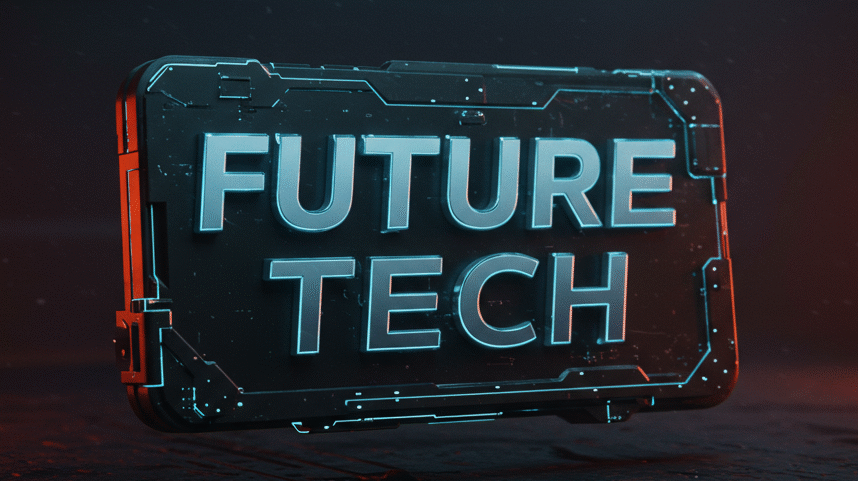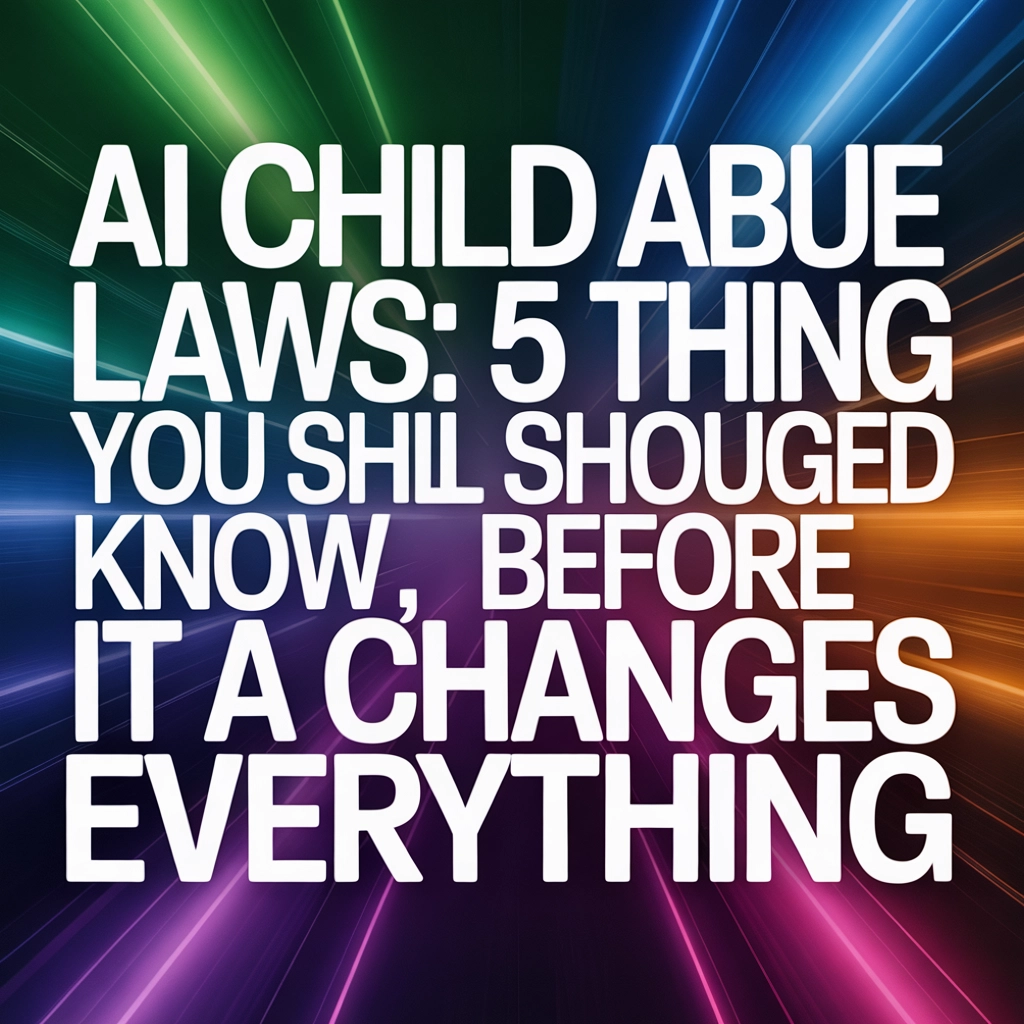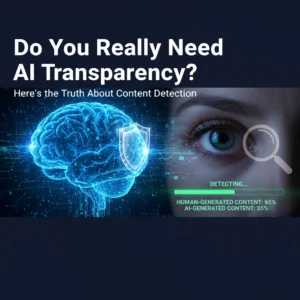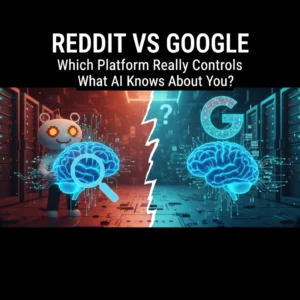Did you know that over 7,000 reports of AI-generated child sexual abuse material have been filed in just the past two years? While most people are still figuring out how to use ChatGPT for work emails, criminals are already weaponizing AI in ways that'll make your stomach turn.
The legal world is scrambling to catch up, and the changes happening right now will reshape how we think about technology, child safety, and digital crime forever. Here's what you need to know before these laws change everything.
Federal Laws Already Cover AI-Generated Abuse Material
Here's something that might surprise you: creating AI-generated child sexual abuse material is already illegal under federal law. You don't need new legislation to get arrested for this stuff.
The existing federal framework treats computer-generated content the same way it treats traditional abuse material. It doesn't matter if no real child was photographed or filmed. If you're creating, sharing, or possessing this material, you're looking at serious federal charges.
This isn't some gray area that lawyers are debating. The law is clear, and prosecutors are already using it. The technology might be new, but the legal consequences are very real and very severe.

States Are Racing to Update Their Laws
While federal law covers the basics, states aren't sitting around waiting. In fact, 45 states have already passed laws specifically targeting AI-generated child abuse material. That's 45 out of 50 states that have decided this issue can't wait.
What's really wild is the timeline. More than half of these laws were passed in just 2024 and 2025. Think about that for a second. State legislators, who usually take years to agree on anything, managed to pass comprehensive AI abuse laws in less than two years.
Here's what most of these state laws cover:
• Creating AI-generated child abuse images or videos
• Distributing or sharing such content
• Possessing AI-generated abuse material
• Using AI to alter existing images of real children
• Training AI systems on child abuse material
The speed of this legislative response tells you everything you need to know about how serious lawmakers consider this threat.
The Legal Gaps That Keep Experts Up at Night
Despite all this legislative activity, there are still some scary gaps in the law. Several important amendments failed to pass due to political timing issues. We're talking about provisions that would have made it illegal to train AI tools on child abuse material or to share tips on how to abuse these systems.
There was also proposed legislation targeting AI chatbots that simulate sexual activity with children. That didn't make it through either. These gaps aren't just bureaucratic oversights – they're real vulnerabilities that criminals can exploit.

Sarah, a digital safety advocate from Portland, told me about a case where someone used an AI chatbot to groom a 13-year-old by pretending to be another child. "The worst part," she said, "is that there's no clear law against using AI this way. The bot itself isn't creating images, so it falls into this legal gray area that makes prosecution incredibly difficult."
These gaps highlight how hard it is for lawmakers to keep up with technology that's advancing at breakneck speed.
AI-Generated Abuse Causes Real Harm to Real Children
Let's address the elephant in the room. Some people think AI-generated abuse material is somehow "fake" and therefore less harmful. That's completely wrong, and here's why.
First, criminals are using parts of real children's photos to create these images. They'll take a child's face from a social media post and use AI to put it in an abusive situation. That child becomes a victim even though they were never physically harmed.
Second, predators use this material to groom and extort real children. They show kids these AI-generated images and say, "This is what we're going to do to you" or "Look what we already did to your friend." It's psychological warfare against children.
Third, some criminals are using AI to disguise actual abuse. They make real abuse videos look computer-generated to confuse investigators and make prosecution harder.

The National Center for Missing and Exploited Children has been crystal clear about this: AI-generated child abuse material causes real trauma to real children. It's not a victimless crime just because the technology is involved.
The Numbers That Show How Bad This Has Gotten
Remember those 7,000 reports I mentioned at the beginning? That's just what we know about. The real number is almost certainly much higher.
These reports have come in over just two years, and the trend line is going straight up. Law enforcement officials expect this number to explode as AI tools become more accessible and easier to use.
In 2024, 45 state attorneys general sent warning letters to 12 major AI companies. They weren't making polite requests – they were putting these companies on notice that they'll be held responsible for harm to children.
The scale of this problem is growing so fast that traditional law enforcement methods can't keep up. That's why we're seeing this unprecedented coordination between federal, state, and local authorities.

What This Means for Everyone
These laws aren't just affecting criminals. They're changing how AI companies design their systems, how schools teach digital literacy, and how parents monitor their kids' online activity.
AI companies are now building child safety measures into their systems from the ground up. They can't afford to wait and see what happens – the legal and reputational risks are too high.
Parents are having conversations with their kids about AI that they never imagined they'd need to have. Teachers are updating their curricula to include AI safety alongside traditional internet safety.
The legal system is evolving in real-time to address threats that didn't exist five years ago. We're watching the law catch up to technology in ways we've never seen before.
This isn't just about protecting children – though that's obviously the most important part. It's about how society adapts when powerful new technology can be used for harmful purposes.
As AI becomes even more sophisticated and accessible, how do you think we should balance innovation with child safety? What role should tech companies play in preventing abuse before it happens?







